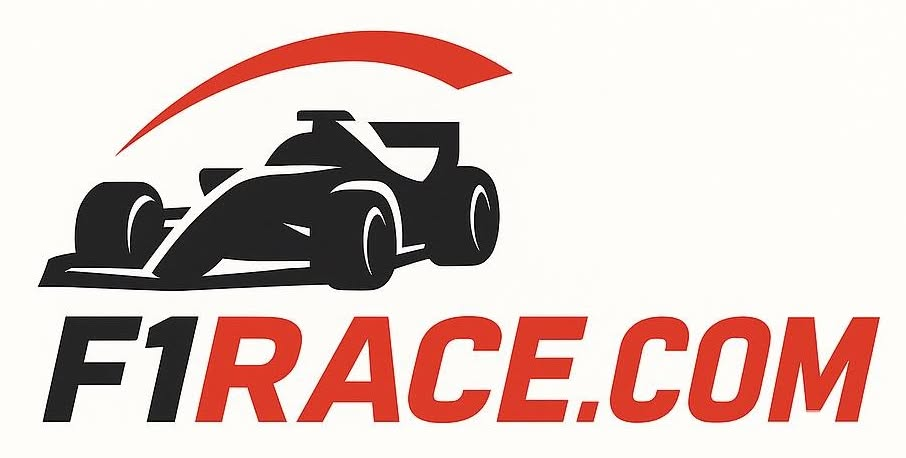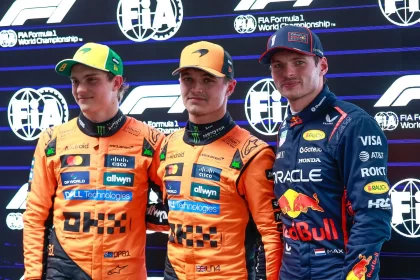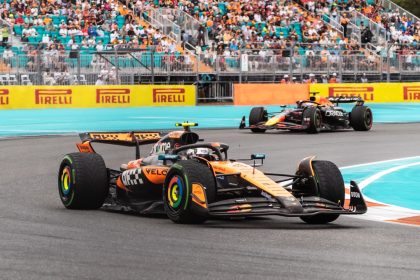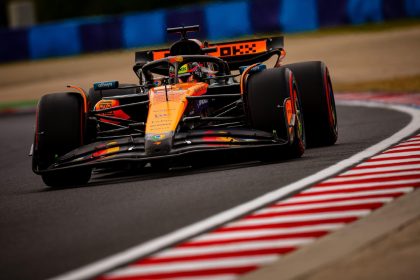There’s a peculiar sound that echoes through the Formula 1 paddock every July. It’s not the shriek of a V6 hybrid or the clatter of wheel guns. It’s the collective gasp of a new generation of fans, clutching their Lando Norris plushies and Oscar Piastri posters, as they realize that Fernando Alonso — yes, that Fernando Alonso, the one who won his first title before TikTok was a glint in a coder’s eye — is still here. Still racing. Still, on his 44th birthday, faster than your golden boy.
The Ageless Matador
Let’s get the numbers out of the way, because they matter. As of July 29, 2025, Fernando Alonso has started 410 Grands Prix, scored 32 wins, 106 podiums, 22 pole positions, and 26 fastest laps. He’s driven for Minardi, Renault, McLaren, Ferrari, Alpine, and now Aston Martin. He’s covered more than 110,000 kilometers in race conditions — enough to lap the globe nearly three times, or, if you prefer, to drive from Oviedo to Melbourne and back. Twice.
But numbers alone don’t tell the story. If they did, we’d have stopped talking about Juan Manuel Fangio decades ago. Alonso’s career is a living, breathing rebuke to the idea that Formula 1 is a young man’s game. He is, quite simply, the most successful modern driver over 40, and the only one in the current field who can look Max Verstappen in the eye and not blink.
The 2025 Season: A Test of Faith
Let’s not sugarcoat it: 2025 has not been a vintage year for Aston Martin. After the heady highs of 2023, when Alonso dragged the green car onto the podium six times in the first eight races, the team has slipped to seventh in the Constructors’ standings. The car is a handful, the upgrades have been more “wishful thinking” than “game changer,” and the midfield has never been more cutthroat.
Alonso himself has not scored a point in the first five races — the first time that’s happened since 2017. The knives, as ever, are out. The social media chorus is deafening: He’s too old. He should retire. Give the seat to a young talent. The same chorus, incidentally, that once sang about Kimi Räikkönen, Michael Schumacher, and, if you dig deep enough, even Nigel Mansell.
But here’s the thing: Alonso is still here. And he’s still fast.
“We are not as competitive as we want to be, we thought we’d be, but I think there is not only one theme. There are a couple of factors that make the car a little bit difficult at the moment, in terms of pace, and maybe not as fast as some of the midfield [teams] that … raised the level and they are closer to the top four, and we didn’t make that step. We need to react, we need to do things better and hopefully in the next few races we have a step forward, but yeah, it has been more difficult than expected.”
— Fernando Alonso, Miami, May 2025 (ESPN)
The Long Game: Why Experience Still Matters
If you’re under 30, you may not remember a time when Alonso wasn’t in Formula 1. He debuted in 2001, when Michael Schumacher was at his peak and Lewis Hamilton was still in karting. He won his first title in 2005, dethroning Schumacher and ending Ferrari’s reign. He’s raced through four regulatory eras, survived the V8s, the hybrids, the double diffusers, and the rise and fall of more “next big things” than I care to count.
What sets Alonso apart isn’t just his longevity. It’s his adaptability. He’s the only driver in the modern era to have scored podiums with four different teams after turning 40. He’s outlasted every teammate, from Trulli to Hamilton to Ocon to Stroll. He’s the only one who can make a midfield car look like a contender on a Sunday afternoon, and the only one who can make a team principal believe — truly believe — that next year will be different.
“Yes, he’s fast. So was Jean Alesi. Look how that turned out.”
— Pedro, probably at every press conference since 2010
The Old Guard: Fangio, Mansell, and the Company Alonso Keeps
Let’s put Alonso’s achievements in context. Only a handful of drivers have remained competitive into their forties. Fangio won his fifth title at 46. Luigi Fagioli won a Grand Prix at 53. Nigel Mansell won in Australia at 41. Michael Schumacher, in his comeback, managed a podium at 43. But none of them, not even the great Fangio, faced the relentless, data-driven, physically punishing world of modern Formula 1.
Alonso, at 44, is not just making up the numbers. He’s still the benchmark for racecraft, tire management, and, crucially, for making the most of a bad hand. In an era where simulators and supercomputers have replaced gut instinct, Alonso is the last of the great improvisers.
| Driver | Notable Age | Notable Performance |
|---|---|---|
| Juan Manuel Fangio | 46 | 1957 World Champion, 1958 Argentine GP win |
| Luigi Fagioli | 53 | 1951 French GP win (oldest winner) |
| Nigel Mansell | 41 | 1994 Australian GP win |
| Michael Schumacher | 43 | 2012 European GP podium |
| Fernando Alonso | 44 | Multiple podiums in 2023–2024, still racing |
| Jack Brabham | 44 | 1970 South African GP win |
| Piero Taruffi | 45 | 1952 Swiss GP win |
The 2025 Rumour Mill: Swaps, Resets, and the Next Chapter
Of course, it wouldn’t be Formula 1 without a healthy dose of speculation. The paddock is buzzing with rumors of a Verstappen-Alonso team swap for 2026, fueled by Aston Martin’s poaching of Adrian Newey and the looming 2026 regulation reset. The logic is as convoluted as ever: Stroll isn’t leaving, Newey wants a clean slate, and Alonso, ever the opportunist, might just fancy one last shot in a Red Bull.
“Something seems to be going on between Aston Martin and Red Bull and there are sources suggesting that Verstappen is part of that something. Given that Lance Stroll is not about to move from his father’s team at just the time Newey and the heavy guns have arrived – and that Alonso’s contract is therefore a potential barrier to Max joining – so a financial settlement from Aston to both Alonso and Red Bull would be needed if this were all to slot into place. But Alonso would surely want more than just financial compensation for such an arrangement. Why would he surrender the chance of driving the Newey Aston? Well, a Red Bull drive might be a start, might it not?”
— Mark Hughes, Motorsport Magazine (Autosport Forum)
The Myth of the “Golden Boy”
Every era has its golden boy. In the 2000s, it was Hamilton. In the 2010s, Vettel. Today, it’s Verstappen, Norris, Piastri, and a rotating cast of TikTok darlings. They’re fast, they’re marketable, and they’ve never known a world where Alonso wasn’t lurking somewhere in the top ten, waiting to pounce.
But here’s the uncomfortable truth: raw speed is only half the battle. Alonso’s greatest weapon has always been his mind. He’s the master of the long game — the driver who can see three moves ahead, who can nurse a set of tires for 40 laps, who can turn a hopeless strategy into a podium. He’s the one who, even in a dog of a car, can make the rest of the field look ordinary.
“DRS doesn’t make you brave, it makes you pass.”
— Pedro, muttering into his coffee at 3am
The Legacy: More Than Just Numbers
Alonso’s legacy isn’t just in the record books. It’s in the way he’s changed the sport. He’s the reason teams now value experience as much as youth. He’s the template for the modern, multi-disciplinary driver — the one who can jump from F1 to Le Mans to IndyCar and back again. He’s the proof that, in a world obsessed with the next big thing, sometimes the old dog still has the sharpest bite.
And let’s not forget: he’s still here. Still fighting. Still, on his 44th birthday, faster than your golden boy.
Waste a Bit More Time
- Watch Alonso’s career highlights and emotional moments: Fernando Alonso – Wikipedia
- Read Mark Hughes’ take on the Verstappen-Alonso swap rumors: Autosport Forum
- Dive into the numbers: StatsF1.com
- Alonso’s candid thoughts on Aston Martin’s struggles: ESPN
- Facebook video: “Alonso’s been racing since before some of you were born. And he’s still faster than…” Aston Martin F1 News Facebook












